This year enterprise 2.0 went from being a fringe idea to being mainstream as CIOs started asking “how?” instead of “why?” Big name vendors entered the marketplace with new products and existing vendors released new versions with innovative new features.

We chose to break up the enterprise products of the year up into categories: new product, e-mail, mobile, development tool, database, social software suite, social CRM, microblogging, conferencing and CMS. Products were evaluated based on market performance, innovation, utility, impact on the space as a whole and improvement over last year. Each of these products either changed the game, or won it.
New product of the year: Chatter
Salesforce.com‘s Chatter wasn’t the most innovative new product of the year, but it was one of the most successful. With 60,000 of Salesforce.com’s 87,200 customers already using the platform, the company is calling Chatter its most successful new product launch. It’s being deployed enterprise-wide at Dell, and is even being adopted by new customers like Nokia that don’t use Salesforce.com for CRM. It’s also enabling Salesforce.com’s social CRM offerings Service Cloud 2.0 and Sales Cloud 2.0, and will likely power future features of the Salesforce.com platform.
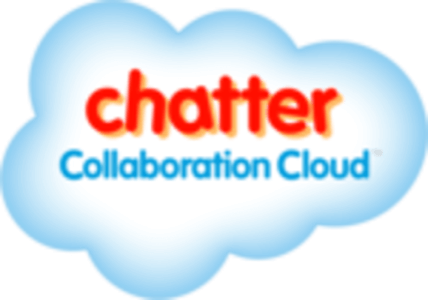
ReadWriteWeb’s 2010 In Review:
- Top 10 Semantic Web Products of 2010
- Top 10 RSS and Syndication Technologies of 2010
- Best BigCo of 2010: Facebook
- Top Trends of 2010: App Stores
- Most Promising Company For 2011: SimpleGeo
- Top Trends of 2010: Internet TV
- Top 10 Startups of 2010
- Top Trends of 2010: Privacy
Although it brought nothing new to the table not already available from competitors like Blogtronix and Socialtext, Chatter made a big splash and is rapidly improving. Version 1.0 officially launched in June, and version 2.0 was released in September. Salesforce.com will reportedly announce a new, stripped-down free version of the product this week at Dreamforce.
Why, with so many more innovative (and cheaper) vendors to choose from, would a company choose Chatter? Salesforce.com’s biggest differentiator in this commodified market is its decade-long track record of providing a solid Software-as-a-Service. It’s that reputation for reliability and scalability that made Facebook chose Sales Cloud as its CRM service this year, and it will likely be those selling points that drive Chatter subscriptions in the future.
Honorable Mention: SimplyBoxSimplyBox, which relaunched as an enterprise product earlier this year, wasn’t the most talked about enterprise product of the year. But was one of the most innovative. R “Ray” Wang of Constellation Research called SimplyBox a disruptive technology. We covered its innovative features here and here. SimplyBox has partnerships in place with Oracle and SAP and plans to license its technology to other vendors in the future. It’s certainly one to watch in 2011.
E-Mail Product of the Year: Google Apps
Despite a misstep with the City of Los Angles this year, Google has established itself as a serious challenger to Microsoft‘s dominance in e-mail. The launch of Google Apps for Government and its Federal Information Security Management Act certification gives it the ability to go head-to-head with Microsoft in government. Google beat out Microsoft for the contract to provide e-mail and document management for the 17,000 employees of the U.S. General Services Administration. Meanwhile, it has continued to rack up private clients as well. Google now boasts over 30 million users.

Microsoft has finally settled on a cohesive strategy for its own cloud offering: Office 365. But while Microsoft has been working on its cloud strategy, Google has established a strong foothold. If Google can address its customer service and performance concerns, it could eventually usurp Microsoft’s e-mail throne.
Honorable mention: XobniXobni brings new life into Microsoft Outlook with its social network integration and advanced search capabilities. This year, Xobni raised more money, added integration with Huddle and launched a platform for porting Gmail gadgets to Outlook.
Mobile product of the year: iOS
We noticed an interesting trend this year: enterprise vendors are often releasing iOS versions of mobile applications before releasing a BlackBerry version. Thanks to the success of the iPad and meteoric growth of the iPhone in the enterprise, many vendors seem to view iOS as the most important platform for enterprise development.

The rise of iOS in the enterprise is the result of several factors: employees bringing their own devices to work, third-party device management systems, improved enterprise support from Apple and a better selection of consumer applications. Not to mention the new use-cases that the iPad enables. There were certainly some big security issues this year, from encryption failures to PDF viewer vulnerabilities. But IT has shown a willingness to live with these issues.
Android saw progress this year as well, and RIM still has the biggest piece of the enterprise pie. But iOS was clearly the success story of the year in enterprise mobility.
Honorable mention: Good for Enterprise Apple and Good Technology have a synergistic relationship in the enterprise. The increase in employee-owned devices is driving adoption of third-party device management tools, but third-party device management tools are enabling employee-owned devices. There are many vendors in this space that can compete with Good on features and price, but Good stands out as one of the most venerable and successful. It boasts 40 of the Fortune 100 as customers, as well as government clients like DARPA.
Development tool of year: JackBe
JackBe didn’t generate a lot of buzz this year, but products like Presto App Maker and Presto Mashboard generate some of the most value. JackBe takes pressure off IT departments by giving end-users the tools they need to create their own data mashups and lightweight applications based on those mashups. The applications have enterprise-level security controls baked-in and can run anywhere – the browser, the desktop or on mobile devices. Users can then share their creations in an enterprise app store. JackBe has clients such as GE, Random House and the Defense Intelligence Agency.
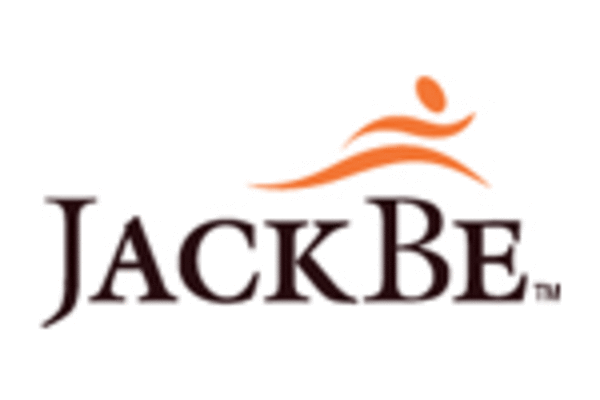
This year JackBe launched its app store feature and an interface for building mashups from Microsoft’s Azure DataMarket.
Honorable mention: Rhodes Rhodes from RhoMobile is a mobile application framework that enables users to build cross-platform applications using HTML, CSS and JavaScript. Unlike consumer-focused frameworks from Titanium and PhoneGap, RhoMobile offers a metadata framework that supports applications with changing underlying schemas and an MVC.
Database product of the year: Hadoop
Apache‘s Hadoop has seen rapid adoption for enterprise big data uses. Facebook, Twitter and Yahoo are notable users. IBM‘s InfoSphere BigInsights product is based on Hadoop, as are Cloudera‘s competing products.

This year, Microsoft announced Hadoop support for its Azure product, Adobe and Yahoo both released new open-source tools for working with Hadoop, and Cloudera closed another round of funding. All of these events increase the corporate support for Hadoop.
Yahoo also expanded its use of Hadoop. For instance, it is now using it in spam detection. The company also used Hadoop to reach a new milestone in the calculation of Pi.
Honarable Mention: CouchDB NoSQL hype may have peaked this year, and CouchDB is now distancing itself from that label. But NoSQL and big data were important concepts driving enterprise technology in 2010, and CouchDB was one of the most important. This year, CouchDB reached the 1.0 milestone, gained some prominent users (ranging from CERN to the Better Health Outcomes Through Mentoring and Assessments project in Africa) and got people thinking about developing applications in new ways.
Social software suite of year: Jive SBS
The enterprise social media market heated up this year, with vendors like Cisco, Oracle and Salesforce.com jumping in. The onus was on Jive to defend its territory, and it did so. The company had a good year, garnering top spots in analyst reports and growing its customer base. As a Portlander, I was sad to see Jive move its official headquarters to Palo Alto, but it was a smart move that demonstrated seriousness on the part of the company.
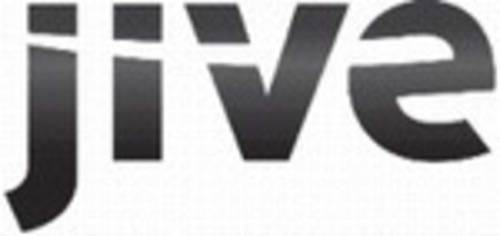
At Enterprise 2.0 Santa Clara, CEO Tony Zingale took a notably aggressive tone with regards to competitors. Ellison-syndrome is pretty common among enterprise CEOs, but this posturing also suggests a shift towards more competitiveness in the enterprise 2.0 market. Jive enters 2011 well positioned, and its app store will bring many more tools to Jive users.
Honorable mention: HuddleHuddle was the breakout success of the year in this category. Started in London in 2007, Huddle opened a San Francisco office this year and started making waves in the U.S. market.
Social CRM product of the year: Salesforce.com
“Social CRM” remains a vague and confusing term. As Paul Greenberg writes, it’s used both as a umbrellla term for a set of strategies and technologies and as a term for a particular type of software that enables these strategies. Despite a lack of clarity about what it is, consultants and vendors alike are convinced that it’s “the future.” With many different components (monitoring, engagement, feedback, customer collaboration, employee collaboration, etc.), it can be hard to pick a stand-out vendor in the space. We settled on Salesforce.com not so much for the strength of its own tools, but for its ecosystem that is built on Force.com and available through App Exchange. Salesforce.com enables users to build a social CRM strategy based on the best tools from a number of vendors. Want to use Salesforce.com’s feedback, customer service and social media monitoring tools? Great. Want to use Get Satisfaction, Zendesk and Radian6 for those functions instead? You can do that, too.
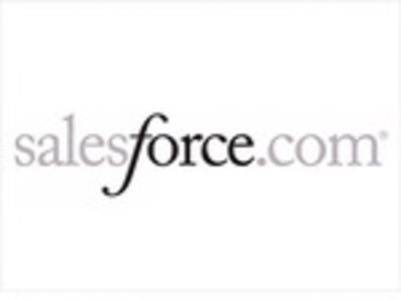
Next year, as Jive’s app store matures, Salesforce.com will have more competition in this regard. But as of now, Salesforce.com is the platform to beat.
Honorable mention: SugarCRMSugarCRM offers most of Salesforce.com’s features, including various integrations and an app store, at a fraction of the cost. You won’t get Salesforce.com’s experience with hosting and scaling, but rest assured that SugarCRM handles many big-name customers. Plus, you have the option of hosting SugarCRM on-premise.
Microblogging tool of the year: Yammer
The enterprise microblogging space has been increasingly crowded, but Yammer has had an exceptionally good year. It closed a new round of funding, hit the 1 million user mark and is expanding the product into a full-blown social networking suite to compete with Jive. The move from being narrowly focused on providing a strong microblogging experience to providing a full array of social tools could make or break the company. In the meantime, it’s still the hottest enterprise microblogging vendor.
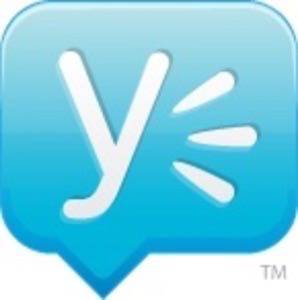
Honorable mention: Socialcast We were impressed with Reach, Socialcast‘s new tool for embedding itself into other applications. Like SimplyBox, this gives SocialCast the ability to be where users already work instead of creating a new destination.
Conferencing tool of the year: Skype
It may seem strange to think of Skype as an enterprise product, but it’s not just for chatting with your grandchildren anymore. This year Skype launched its business service Skype Connect, announced a partnership with Avaya and hired former Cisco executive Tony Bates as CEO. Bates’s last job title at Cisco was General Manager of Cisco’s Enterprise, Commercial and Small Business Division.
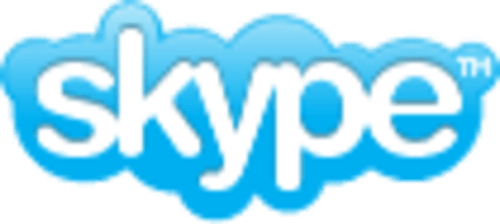
Most companies still rely on services like WebEx and GoToMeeting for Web conferencing. But Skype offers desktop sharing and conferencing abilities at a fraction of the cost and its voice and video services are premium quality. Don’t be surprised if you see more companies choosing Skype over other options in 2011.
Honorable mention: Adobe ConnectAdobe Connect introduced some new features this year, notably the ability to write extensions. Adobe Connect has been praised by analyst firms like Gartner and Red Monk for its ease of use.
CMS of the year: Drupal
Drupal has now been the CMS powering the White House website for over a year. That’s about as good a test of a CMS as we can think of. According to Gartner, Drupal has a developer community over 600,000 developers strong. Acquia, the for-profit enterprise support company spun out of Drupal, has a customer list that ranges from Fox News to Mother Jones. Acquia raised an additional round of funding last month, leaving it well positioned for the coming year.

Honorable mention: MindTouch Another open-source CMS vendor, MindTouch, also had a great year. It released a new version that highlights curation and analytics, launched its marketplace for selling guides and documentation, landedDachis as a customer and announced a partnership with Fujitsu.
.










